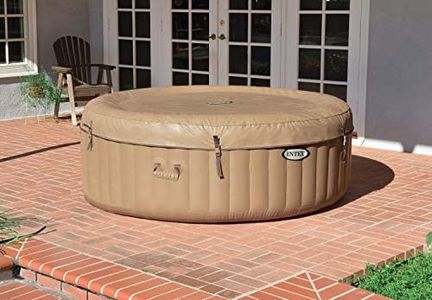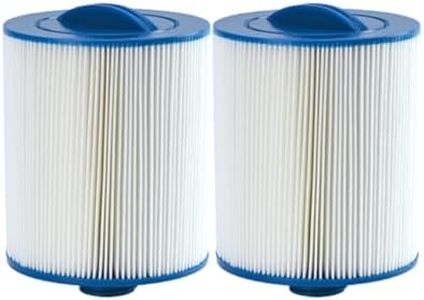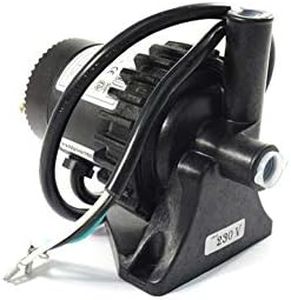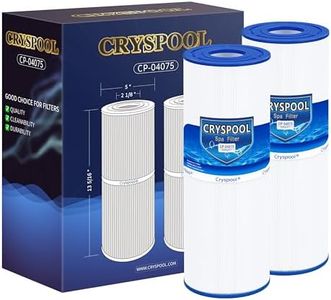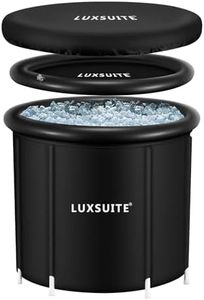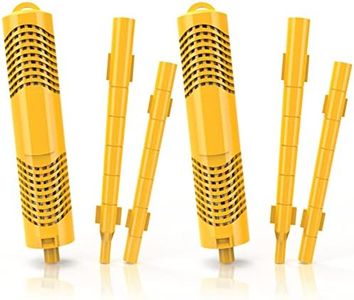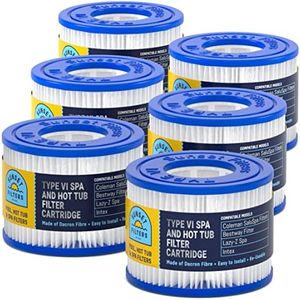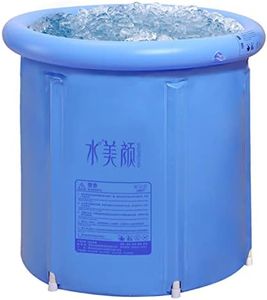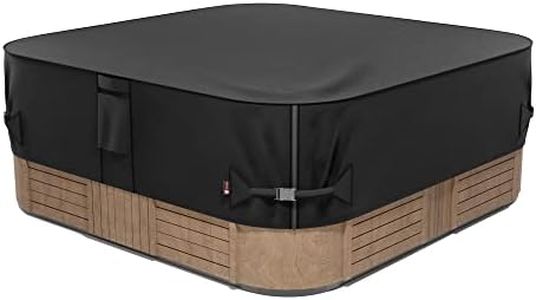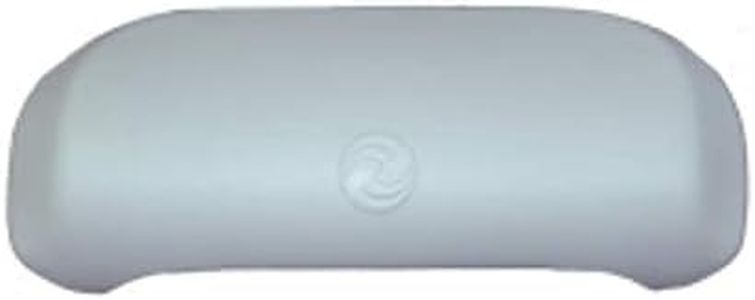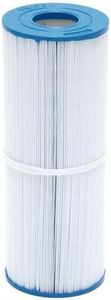We Use CookiesWe use cookies to enhance the security, performance,
functionality and for analytical and promotional activities. By continuing to browse this site you
are agreeing to our privacy policy
10 Best Hot Tubs
From leading brands and best sellers available on the web.Buying Guide for the Best Hot Tubs
Choosing the right hot tub can greatly enhance your relaxation and leisure time at home. It's important to find one that fits your space, lifestyle, and how you intend to use it—whether for quiet solo soaks, entertaining friends, or therapeutic needs. Start by considering where you'll place the hot tub, your typical number of users, and any features that would make your experience more enjoyable or convenient.CapacityCapacity refers to the number of people who can comfortably sit in the hot tub at the same time. This specification is crucial if you plan to entertain guests or have a large family. Hot tubs usually range from intimate 2-seaters to large ones that accommodate 7 or more people. Smaller tubs are ideal for couples or if space is tight, while larger tubs are better for frequent gatherings or family use. Think about how many people will regularly use the hot tub before deciding.
DimensionsThe dimensions tell you how much floor space the hot tub will occupy and its overall height, which affects both comfort and installation. Measuring your available space is essential to ensure a proper fit and easy access. Small hot tubs are easier to fit in compact patios or decks, while larger ones require more room and may need additional structural support. Always measure your space in advance and leave extra room around the tub for maintenance and movement.
JetsJets are responsible for the massaging action of the hot tub, providing relaxation and sometimes hydrotherapy benefits. Jet count and style can range widely, with some tubs offering just a few jets and others using dozens with different spray patterns. More jets can mean a more customizable and luxurious experience, but placement and adjustability are as important as quantity. If massage or relief from aches is a priority, look for tubs with targeted therapeutic jets; if soaking is your main goal, a simpler setup may suffice.
Heater and Temperature RangeThe heater controls how quickly the water heats up and how well it maintains your preferred temperature. A wide temperature range and efficient heating allow more comfort and energy savings. Most users prefer water temperatures around 37–40°C (99–104°F), but those with special requirements—like hydrotherapy—may need higher precision. Look for reliable heating systems and consider how long you’re willing to wait for the tub to reach the right temperature.
Shell MaterialShell material determines the hot tub’s durability, appearance, and sometimes comfort. Common materials include acrylic, rotomolded plastic, and vinyl. Acrylic is sturdy, long-lasting, and comes in many colors, while rotomolded tubs are lighter and sometimes less expensive but may lack the same luxe feel. Vinyl shells (found in inflatable models) are portable and easy to store but less durable. Your choice should reflect how permanent you want the tub to be and how much wear and tear it might face.
Filtration and Sanitation SystemThese systems keep the hot tub water clean and safe for use. Filtration catches debris, while sanitation (often using chemicals like chlorine/bromine or systems like saltwater) kills bacteria. Effective systems mean less frequent cleaning and clearer water. If maintenance ease is a priority, look for tubs with high-quality or automatic filtration and sanitation systems; frequent users or sensitive users might prioritize advanced or softer systems, such as saltwater.
Control PanelThe control panel lets you adjust the hot tub’s settings, like temperature, jets, and lights. Simpler panels are less intimidating and may offer basic control, while advanced panels provide more options for customization, sometimes even remotely via a smartphone. If you want a set-and-forget experience, a basic intuitive panel works fine; for those who enjoy experimenting with different settings, invest in a more feature-rich system.
InsulationGood insulation keeps the heat in, leading to lower energy bills and a more consistent soaking experience. Types of insulation include full-foam, partial-foam, or basic wraps. Full-foam is the most efficient for cold climates, while lighter insulation suffices in milder environments or for occasional use. Consider your local climate and how regularly you plan to use the tub—better insulation pays off in colder areas.
